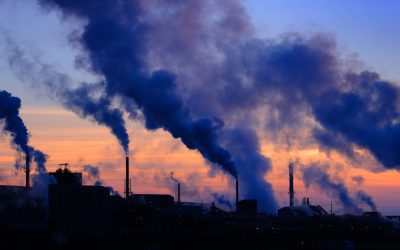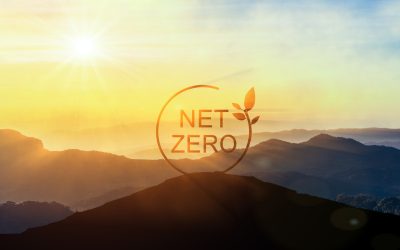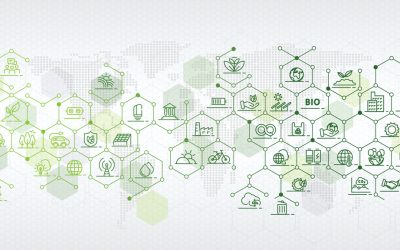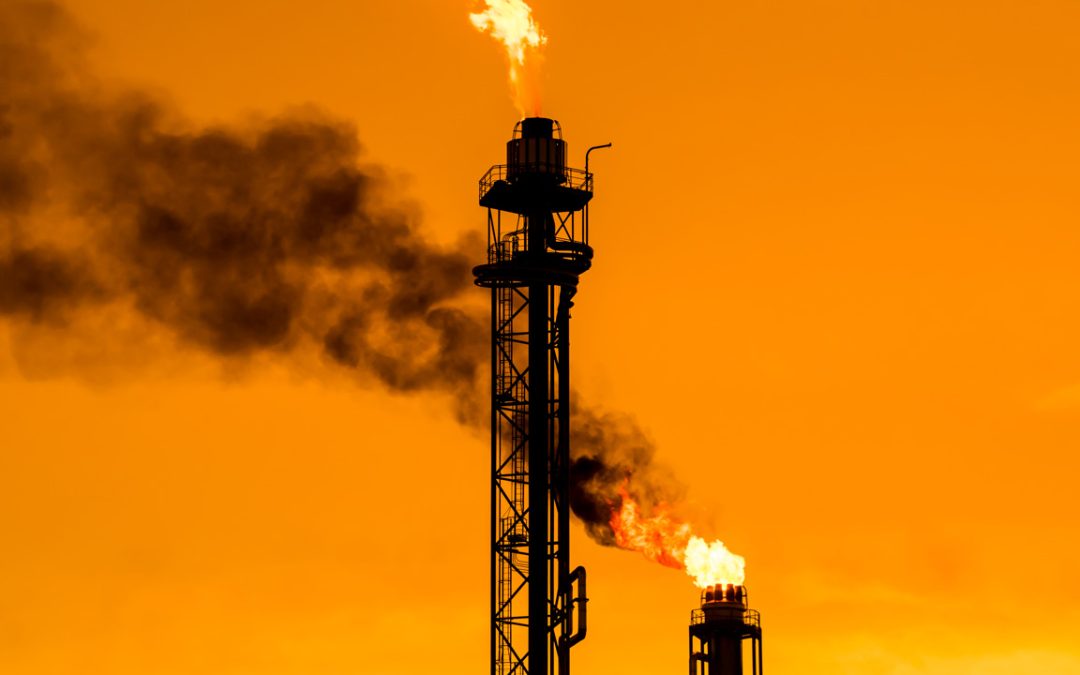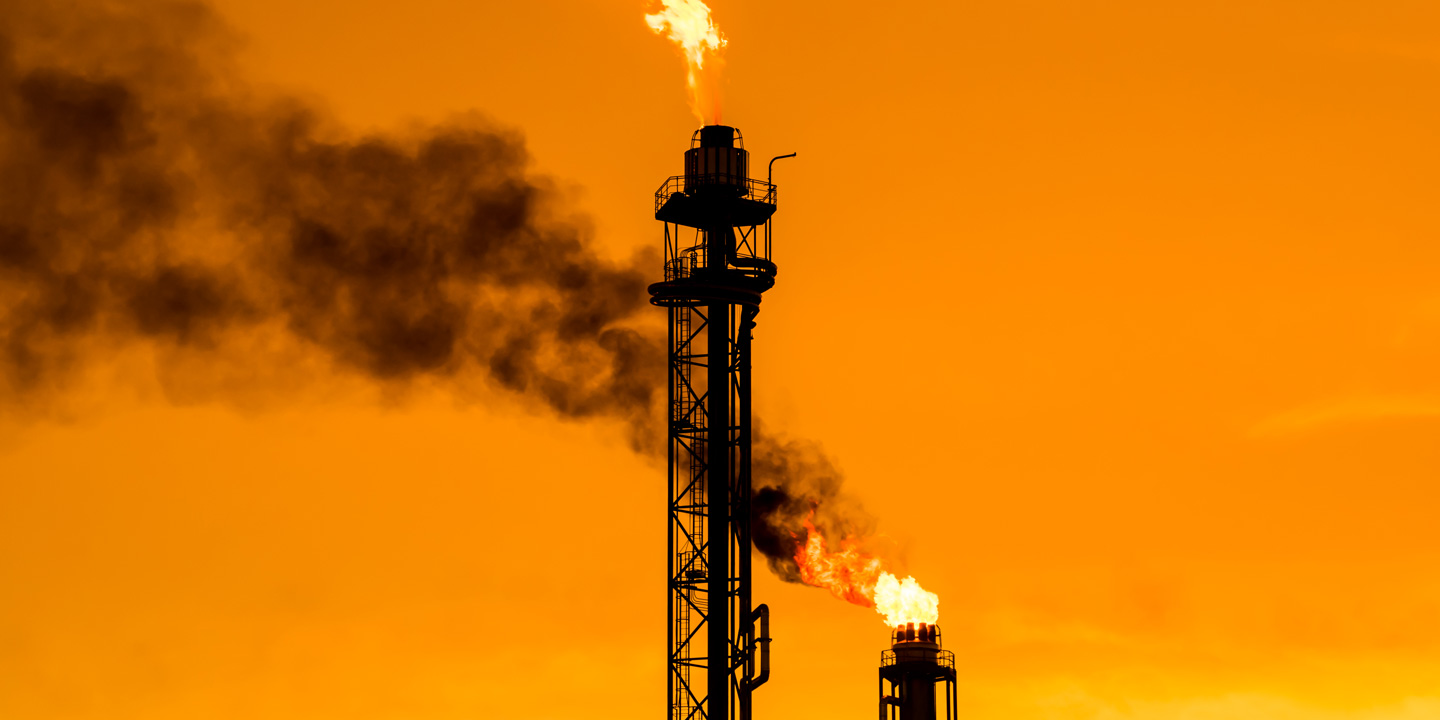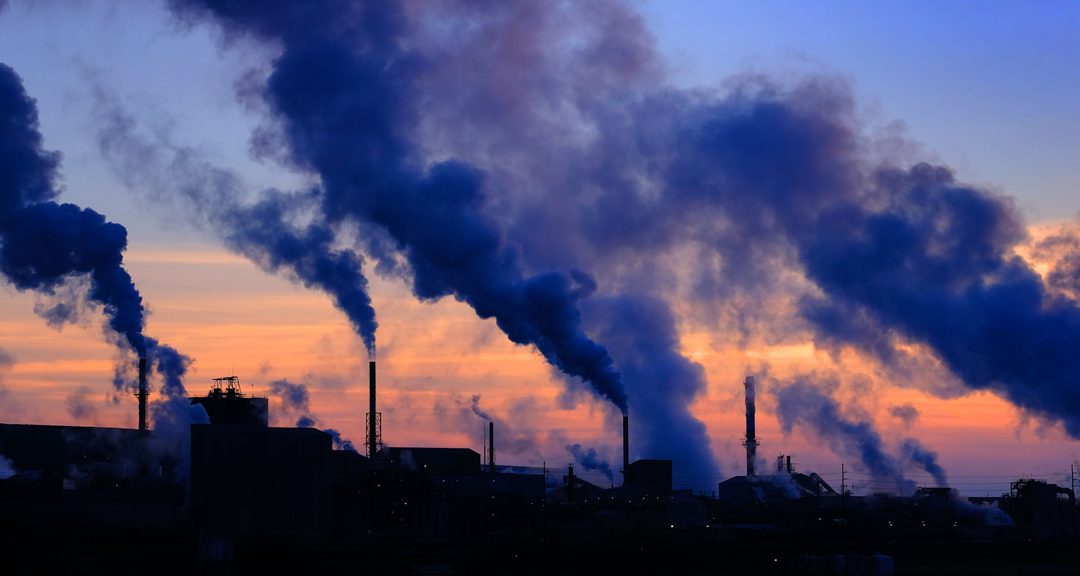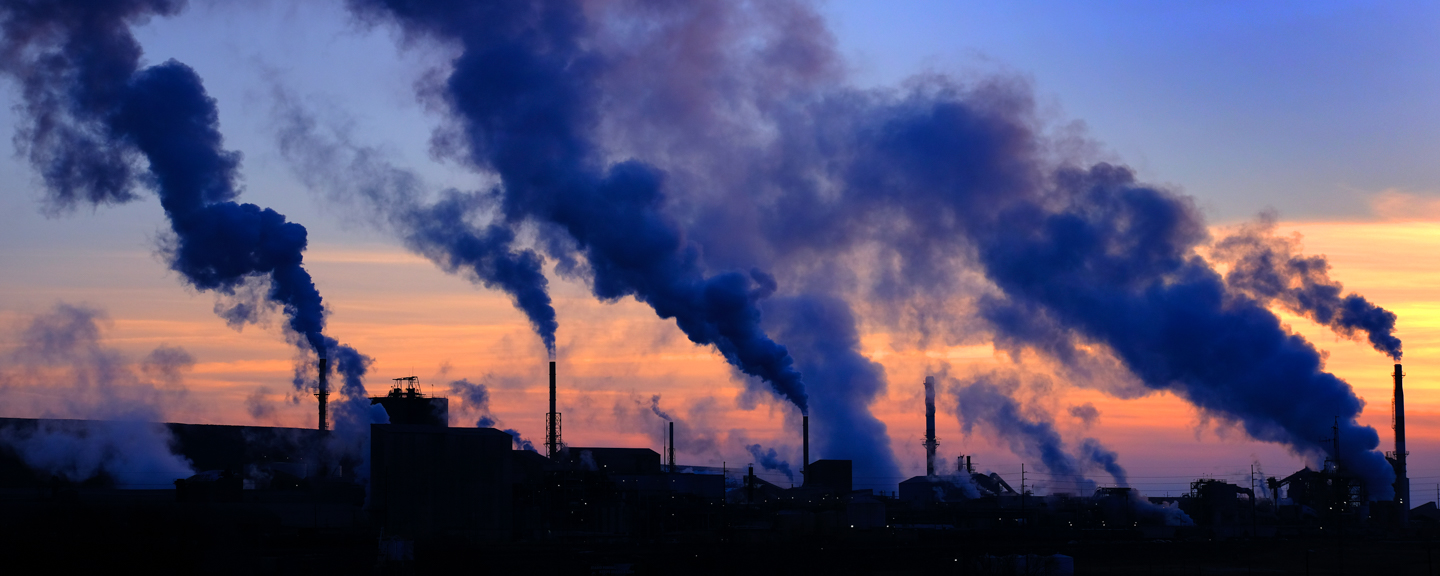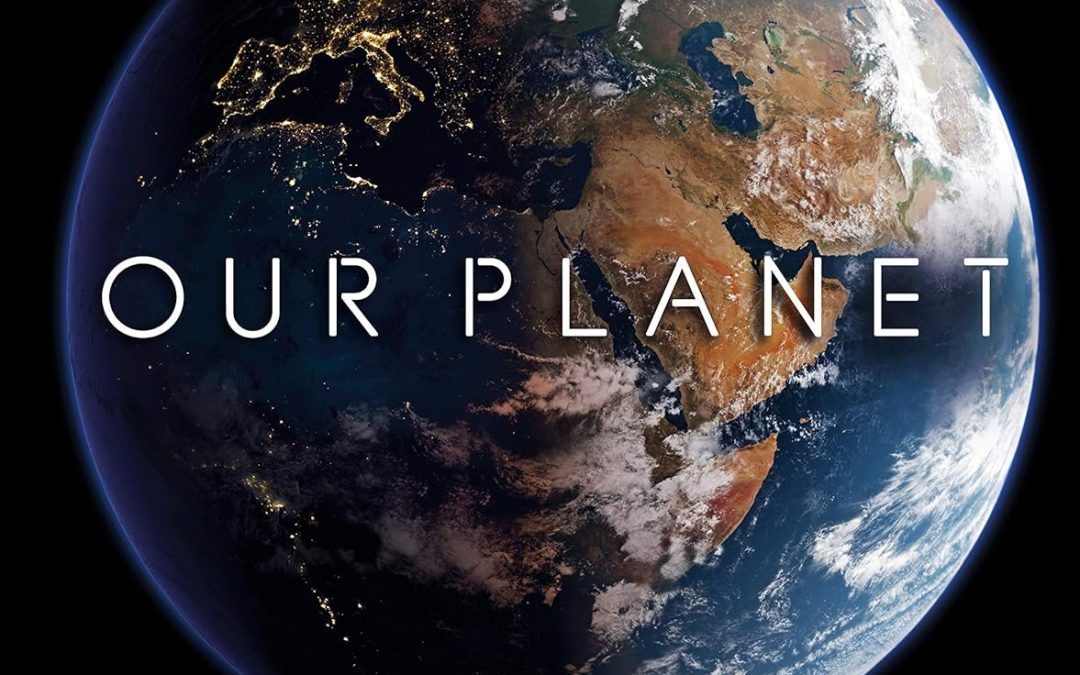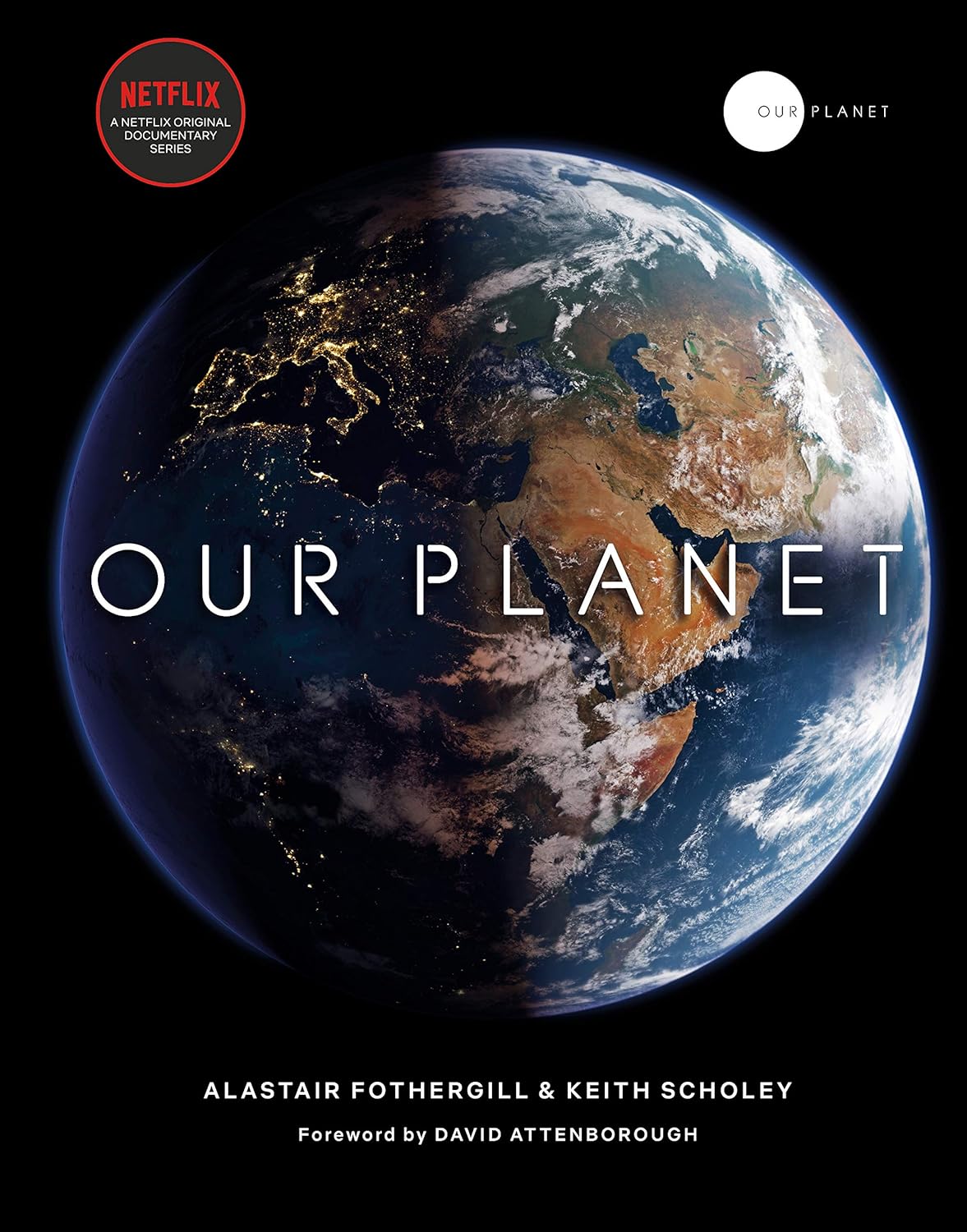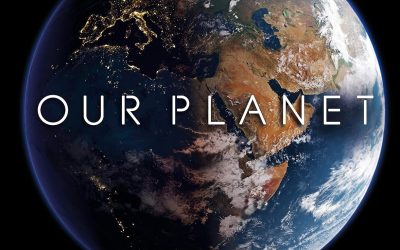The planetary boundaries framework, first introduced in 2009 by Swedish scientist Johan Rockström and his colleagues,...
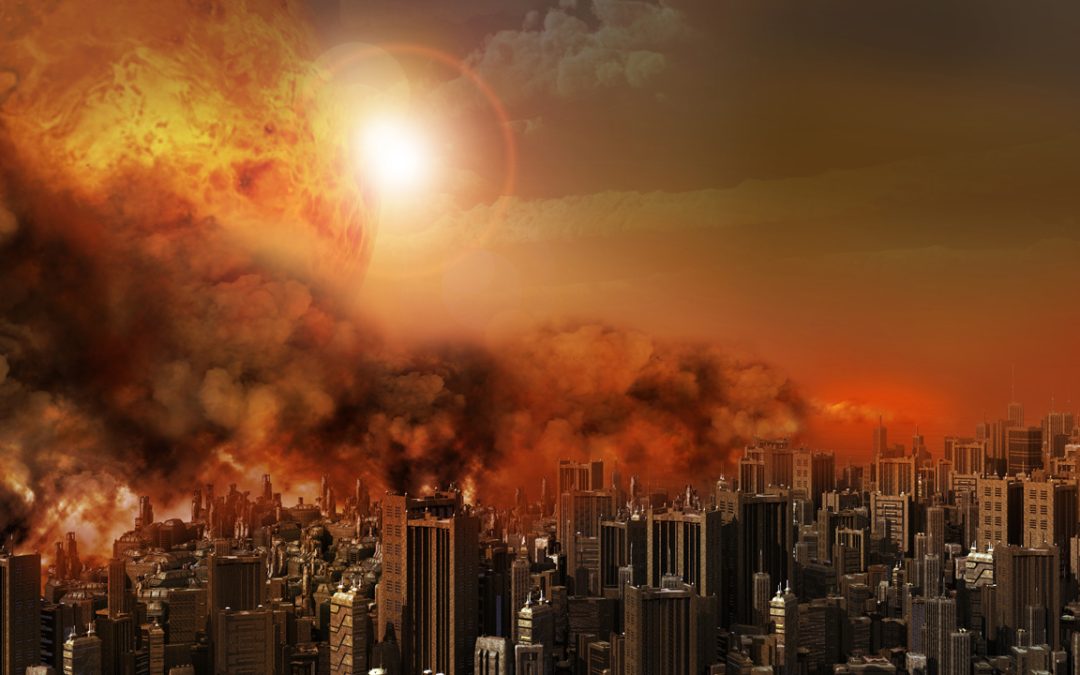
Climageddon: Is it the end of the world?
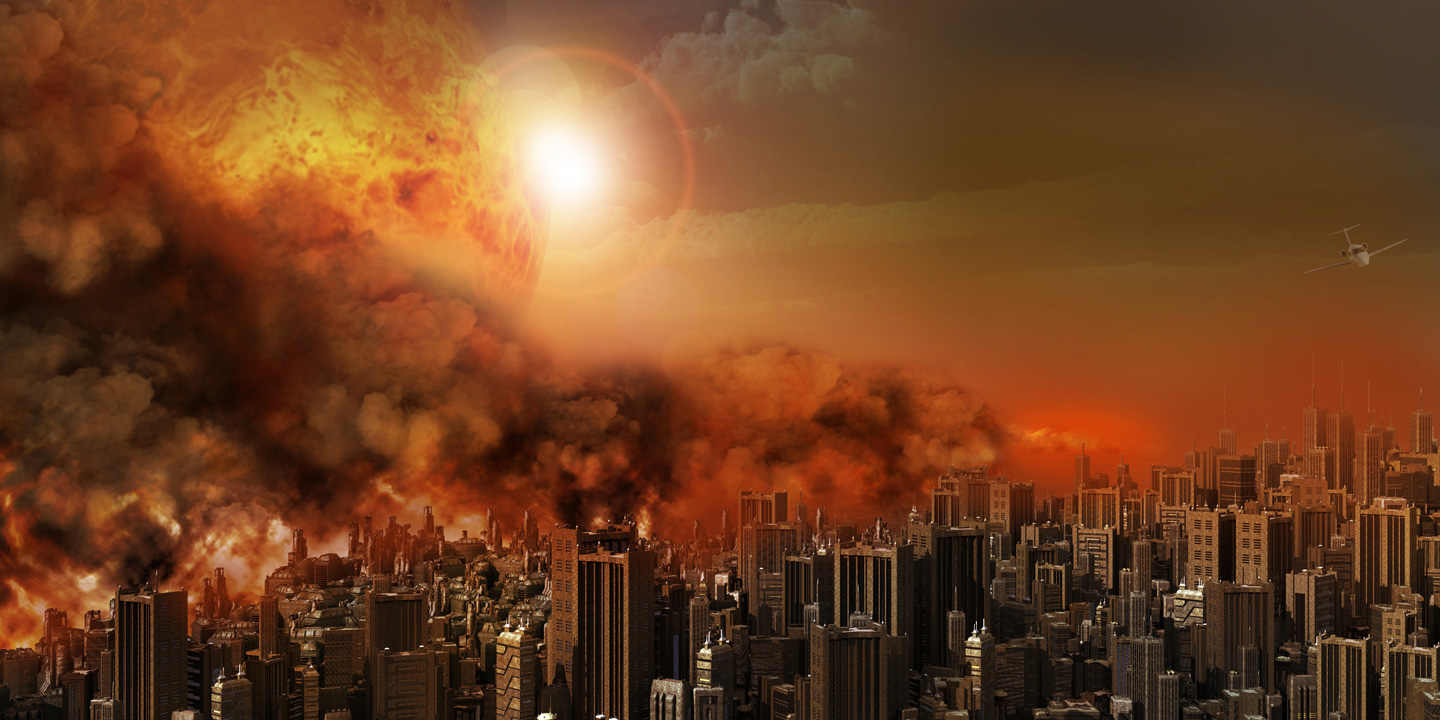
Understanding the Climageddon Feedback Loop
Climate change is a pressing global concern with “Climageddon” standing out as a stark warning about the catastrophic impacts of unchecked global warming. At the heart of this scenario is the Climageddon Feedback Loop, a series of interrelated processes that can amplify climate change to devastating levels.
What is Climageddon?
“Climageddon” is a portmanteau of “climate” and “Armageddon,” encapsulating the idea of an impending environmental catastrophe driven by human-induced climate change. The term suggests a scenario where the effects of global warming become so severe that they lead to widespread ecological collapse and socio-economic disruptions on a global scale.
The Climageddon Feedback Loop
The Climageddon Feedback Loop is a chain reaction of climate processes that exacerbate global warming. It consists of multiple feedback mechanisms, each of which contributes to accelerating the overall pace of climate change.
Some of the key components are:
Thermohaline Circulation (THC)
The thermohaline circulation, also known as the global conveyor belt, is driven by differences in water temperature and salinity. It transports warm surface water from the tropics to the poles and cold deep water from the poles back to the tropics.
A slowdown or disruption of the THC can lead to dramatic climate shifts. For instance, the Atlantic Meridional Overturning Circulation (AMOC), a critical component of the THC, has shown signs of weakening. A significant slowdown of the AMOC could lead to severe cooling in Europe, disruptions to monsoon systems, and shifts in tropical rain belts, contributing to climate tipping points (Rahmstorf et al., 2015).
Heat Distribution
Ocean currents distribute heat globally, influencing regional climates. Changes in these currents can lead to uneven heating, exacerbating extreme weather events.
For example, El Niño and La Niña events, which are driven by changes in Pacific Ocean currents, can cause significant weather variations, including droughts, floods, and hurricanes. These variations can stress ecosystems and human societies, pushing them closer to tipping points.
Sea Ice and Albedo Effect
As global temperatures rise, polar ice melts, reducing the Earth’s albedo (reflectivity). Ice, which reflects sunlight, is replaced by darker ocean water or land, which absorbs more heat, leading to further warming and more ice melt.
Ocean currents affect sea ice distribution. Warm currents can lead to sea ice melt, reducing the albedo effect (the reflection of solar radiation by ice) and increasing heat absorption by darker ocean waters.
This feedback mechanism accelerates warming and further sea ice loss, contributing to the Climageddon Feedback Loop. The reduction in albedo is a critical tipping point, as it can lead to runaway warming in polar regions (Notz & Stroeve, 2016).
Permafrost Thaw
Permafrost contains vast amounts of organic carbon. When it thaws, this carbon is released as methane and carbon dioxide, potent greenhouse gases that further increase global temperatures. Methane has a much higher global warming potential than carbon dioxide (CO₂) over a short time frame. Over a 20-year period, methane is about 84-87 times more effective at trapping heat in the atmosphere than CO₂ (Myhre et al., 2013). Even though methane has a shorter atmospheric lifespan (around 12 years compared to CO₂’s centuries), its immediate impact on warming is significantly stronger.
Forest Dieback
Higher temperatures and changing precipitation patterns can stress forests, leading to increased tree mortality. Dying trees release stored carbon dioxide, reducing the planet’s ability to sequester carbon and further enhancing warming.
Ocean Warming and Acidification
Warmer oceans absorb less carbon dioxide and can release stored methane from methane hydrates on the seafloor. Additionally, acidified oceans impact marine life, particularly organisms that sequester carbon in their shells and skeletons and sea plants like kelp that rapidly sequester CO₂. Kelp can grow faster than many trees, leading to a potentially quicker initial sequestration rate in the short term
Water Vapour Feedback
Warmer air holds more water vapour, which is itself a greenhouse gas. Increased water vapour in the atmosphere traps more heat, leading to higher temperatures and more evaporation.
Meta Feedback Loop
The Meta Feedback Loop discussed in sources like Job One for Humanity (2023) adds another layer of complexity. This loop describes how various feedback loops can interact synergistically, potentially accelerating climate change beyond current predictions. For example, increased water vapour from ocean warming can lead to more intense storms, which can cause more forest diebacks, thereby releasing more carbon and perpetuating the cycle of warming.
Recent Scientific Insights
Recent studies have provided deeper insights into these feedback mechanisms. For example, research published in “Nature” has shown that Arctic permafrost is thawing faster than previously anticipated, potentially releasing up to 240 billion tons of carbon by 2100 (Turetsky et al., 2020). Another study in “Science Advances” highlighted the significant contribution of ice-albedo feedback to accelerating Arctic warming (Flanner et al., 2021).
Moreover, the Intergovernmental Panel on Climate Change (IPCC) Sixth Assessment Report underscores the urgency of mitigating these feedback loops. The report emphasises that limiting global warming to 1.5°C above pre-industrial levels is critical to avoiding the most severe impacts of these feedback mechanisms (IPCC, 2021).
Implications for the Future
The Climageddon Feedback Loop presents a dire warning: the more we delay action, the harder it becomes to halt or reverse these processes. Each feedback mechanism has the potential to trigger others, creating a runaway effect that could push the Earth into a new, hotter climate regime. This could lead to irreversible changes in ecosystems, massive loss of biodiversity, and severe disruptions to human societies.
What Can Be Done?
Addressing the Climageddon Feedback Loop requires a multi-faceted approach:
Rapid Emission Reductions
The primary goal must be to cut greenhouse gas emissions drastically and immediately. This involves transitioning to renewable energy, enhancing energy efficiency, and promoting sustainable land use practices.
Carbon Sequestration
Innovative solutions to remove carbon dioxide from the atmosphere, such as reforestation, soil carbon sequestration, and advanced technologies like direct air capture, are essential.
Climate Adaptation
Preparing for the impacts of climate change through infrastructure resilience, ecosystem restoration, and community preparedness can help mitigate some of the adverse effects.
International Cooperation
Climate change is a global issue requiring coordinated efforts across nations. Policies and agreements like the Paris Accord are crucial for unified action.
Climageddon is not an inevitability, but a potential outcome that can still be avoided with immediate, sustained, and coordinated efforts. Understanding the Climageddon Feedback Loop is vital to appreciating the urgency of the situation and mobilising the necessary actions to safeguard our planet for future generations.
References
Myhre, G., Shindell, D., Bréon, F.M., Collins, W., Fuglestvedt, J., Huang, J., Koch, D., Lamarque, J.F., Lee, D., Mendoza, B. & Nakajima, T., 2013. Anthropogenic and natural radiative forcing. In: Climate Change 2013: The Physical Science Basis. Contribution of Working Group I to the Fifth Assessment Report of the Intergovernmental Panel on Climate Change. Cambridge University Press.
Rahmstorf, S., Box, J.E., Feulner, G., Mann, M.E., Robinson, A., Rutherford, S., & Schaffernicht, E.J., 2015. Exceptional twentieth-century slowdown in Atlantic Ocean overturning circulation. *Nature Climate Change*, 5(5), pp.475-480. doi:10.1038/nclimate2554.
Notz, D., & Stroeve, J., 2016. Observed Arctic sea-ice loss directly follows anthropogenic CO₂ emission. *Science*, 354(6313), pp.747-750. doi:10.1126/science.aag2345.
Flanner, M.G., Shell, K.M., Barlage, M. & Perovich, D.K., 2021. Arctic albedo feedback: The role of newly formed ice. *Science Advances*, 7(12), pp.eabc4110. doi:10.1126/sciadv.abc4110.
IPCC, 2021. Climate Change 2021: The Physical Science Basis. Contribution of Working Group I to the Sixth Assessment Report of the Intergovernmental Panel on Climate Change. Cambridge University Press.
Turetsky, M.R., Abbott, B.W., Jones, M.C., Anthony, K.W., Olefeldt, D., Schuur, E.A.G., Koven, C., McGuire, A.D., Grosse, G. & Kuhry, P., 2020. Carbon release through abrupt permafrost thaw. *Nature Geoscience*, 13(2), pp.138-143. doi:10.1038/s41561-019-0526-0.
Job One for Humanity, 2023. The Climate Change Climageddon Meta Feedback Loop and Mass Extinction. [online] Available at: <https://www.joboneforhumanity.org/the_climate_change_climageddon_meta_feedback_loop_and_mass_extinction?utm_campaign=a_quick_climate_and_organizati&utm_medium=email&utm_source=factnet> [Accessed 15 June 2024].
What are the 9 Planetary Boundaries and why do they matter?
Scope 3 vs. Scope 4 Emissions in Business Sustainability: Understanding the difference
In the realm of business sustainability, understanding and mitigating greenhouse gas emissions have become paramount....
Scope 4 emissions: Addressing Upstream and Downstream emissions
In recent years, the conversation surrounding sustainability in business has expanded beyond just internal operations...
Understanding Emissions Scopes: What are scope 1, 2 and 3 emissions?
Understanding and effectively managing greenhouse gas emissions is essential in Business Sustainability. Emissions are...
Understanding Net Zero
In recent years, the concept of achieving "net zero" has gained significant traction in the realm of sustainability,...
Embarking on a Business Sustainability Journey: Key Steps to Get Started
In today's increasingly environmentally-conscious world, businesses are recognising the importance of integrating...
What is Business Sustainability? Building a Sustainable Future
Building a Sustainable Future: The Key Elements of Business Sustainability In today's world, the concept of...

